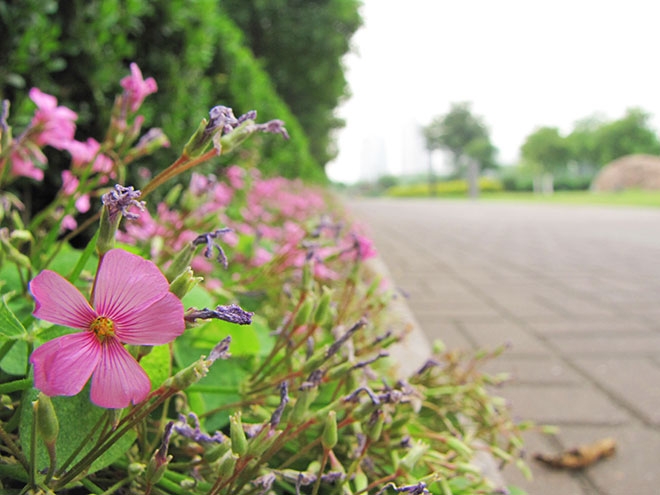As we this week passed the 300 day countdown to the Youth Olympics approaching and Chinese citizens clamour for healthier lifestyles, Nanjing’s so called greenification program is now in overdrive. Yet there remain calls that question its efficiency in implementation.
Officially opened on 22nd October, the 22.9km “Greenway”, running around Purple Mountain from Pipa Lake Park Entrance, has already turned into a popular location for joggers, hikers and cyclists. Elsewhere, the city will initiate a restoration project of Taiping Bei Lu in the wake of a controversial subway construction project. The result will be a brand new Taiping Bei Lu featuring an eco-environment and architectural landscapes in the style of the Republic of China that has become fashionable over the last year.
“There are many benefits to investing in green space in cities like Nanjing. I believe it makes people happier. Parks generate economic, physical and social benefits, creating stronger community ties and transforming cities by awakening vital senses”, says Rick Hoogduijn, an Urban Design student at Nanjing Forestry University.
“It is depressing to just see gray buildings and hear busy traffic and nothing else. A green tree or a park with flower is a nice break for the eye as well as the brain. It gets you to thinking about something else.”
It is not just about looks. The effects of global warming and urbanization were clearly felt this summer, the hottest ever in Nanjing. It would have been even hotter if it weren’t for the city’s numerous trees, that act as natural air conditioners and water pumps. They cool the earth by providing shade and recycling water.
Considering the Government’s sizeable number of projects introduced to make the city greener, Hoogduijn feels that some measures are taking it a step too far.
“In some areas in the city certain green initiatives are even putting people in danger. Planting trees on pedestrian walks causing people to walk on the street might look nicer but puts people at risk. Safety should always come first. Instead they should try to cover the walls with greens or actually replace some of the mounds with hedges.”
While trees and parks are fundamental for sustainable living, they pose one major challenge; cities have already been built. Ideas that are great in theory are extremely difficult to realise, since they necessitate the destruction of buildings and roads. Hoogduijn, for example, would love to see an entire green pedestrian street from one side of Nanjing to the other. However, making room for such a project is virtually impossible, revealing the main frustration of urban designers.
At the same time and in spite of the government’s efforts to make Nanjing a greener city, existing green spaces are falling victim to the claws of modernization. 131 trees were recently felled to make way for the new tramline, which is to run from the Olympic Village to the estuary of the Yangtze and Qinhuai New Rivers. The obvious question is whether it would not make more sense to simply preserve existing greens, rather than cutting down and building up elsewhere, spending considerable amounts of money in the process.
Hoogduijn believes this is a decision the people of Nanjing need to make themselves.
“I’ve noticed it’s extremely important to ask the people in the area what they want and expect from a [green] project. We are creating something for the people so it’s strange for me to read about things getting done, costing a fortune, but no one is using it. “It is very important to re awake the community and reconnect them with their humane nature by involving them. In this way I think the urban design in Nanjing, and every city for that matter, could be so much better.”









